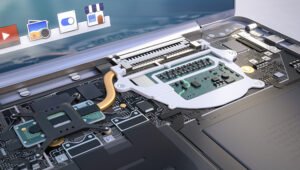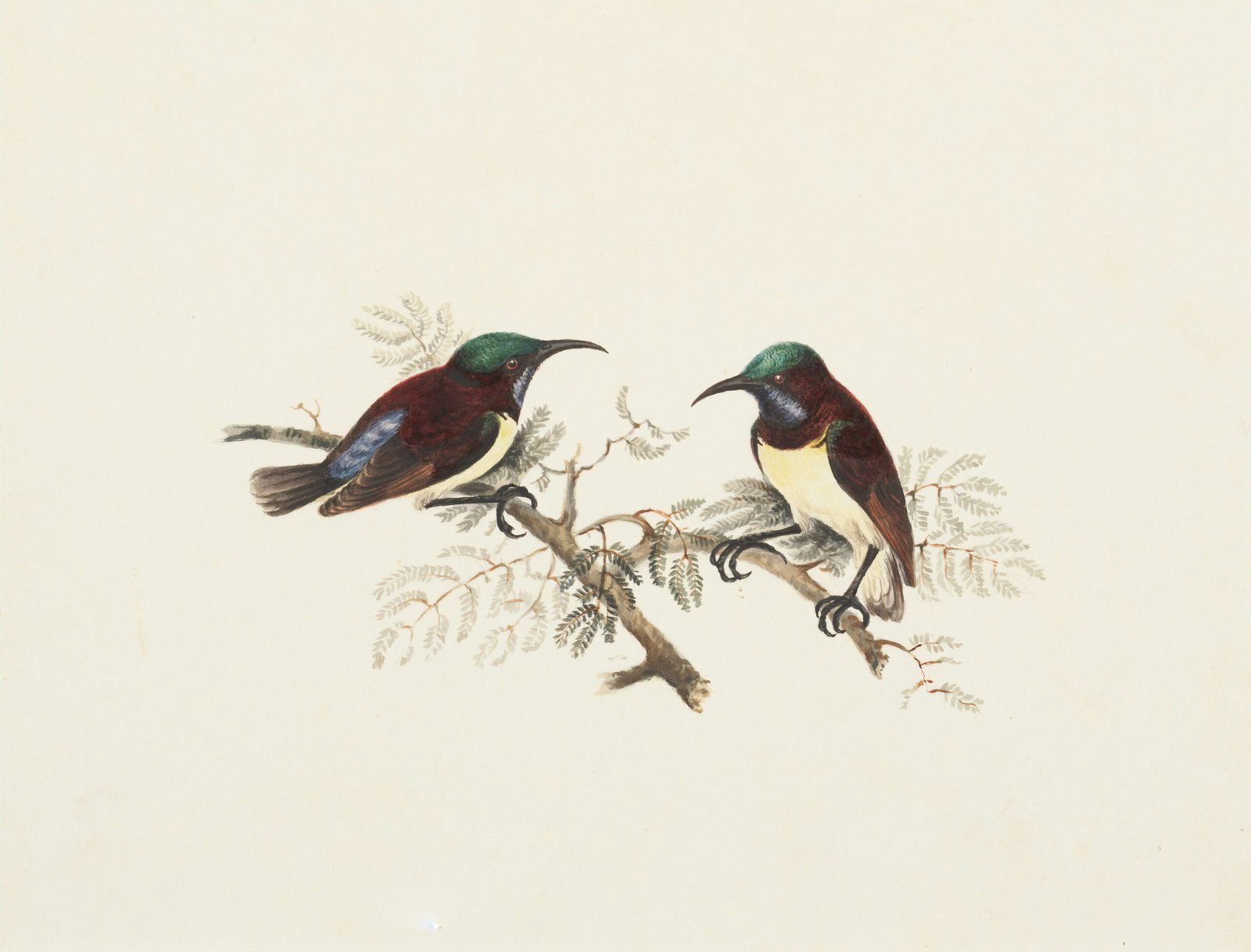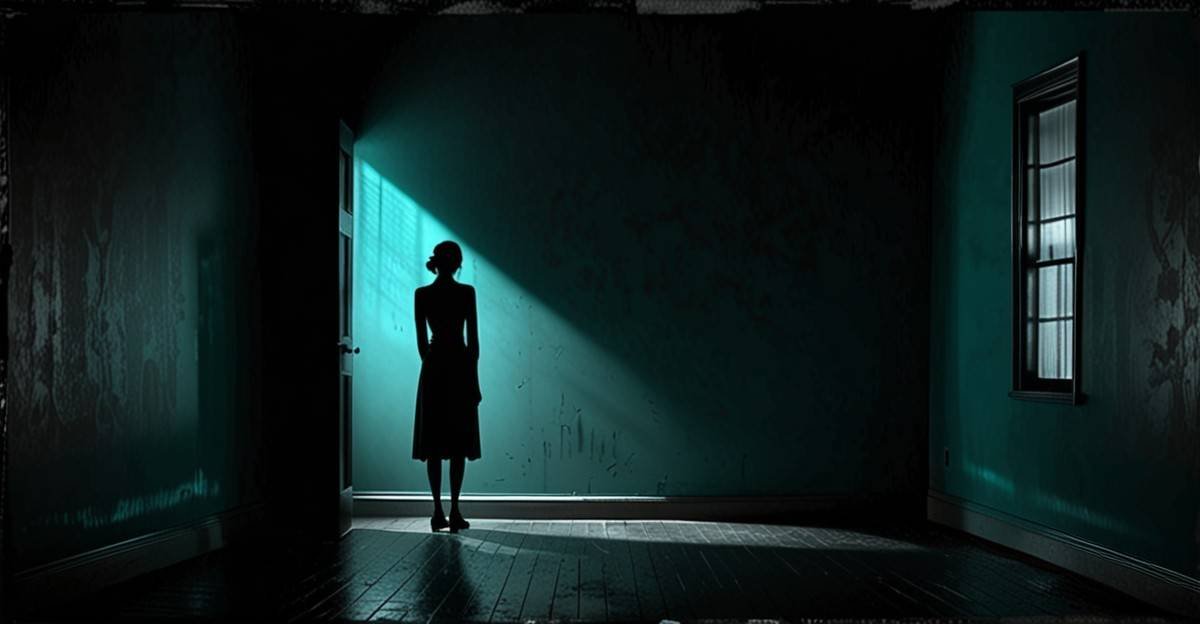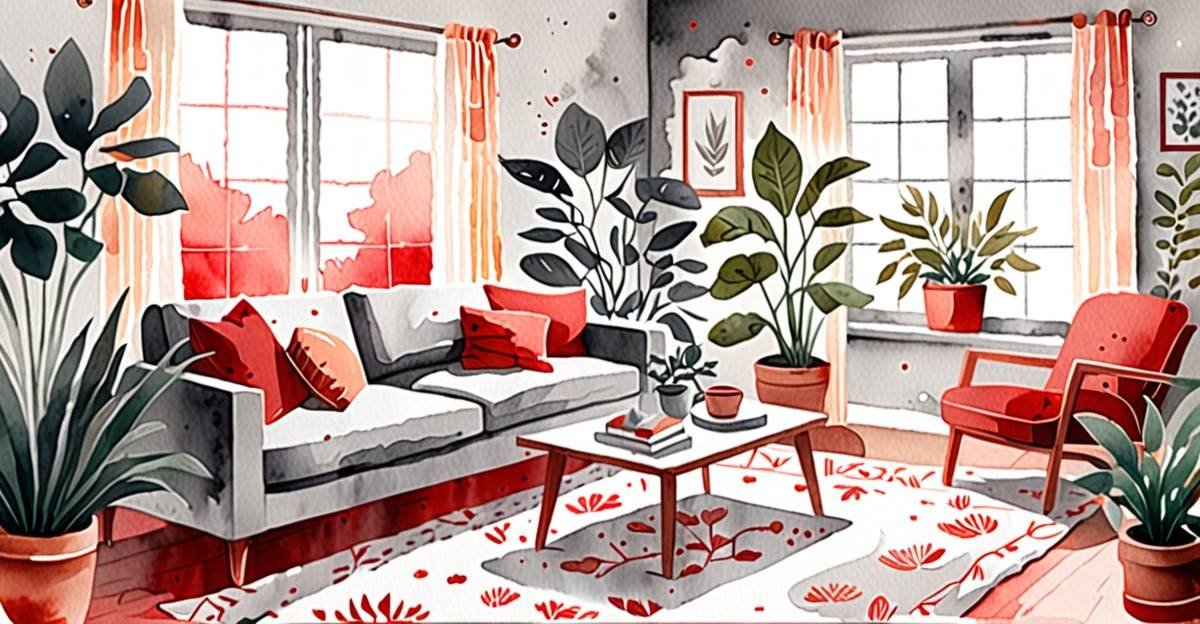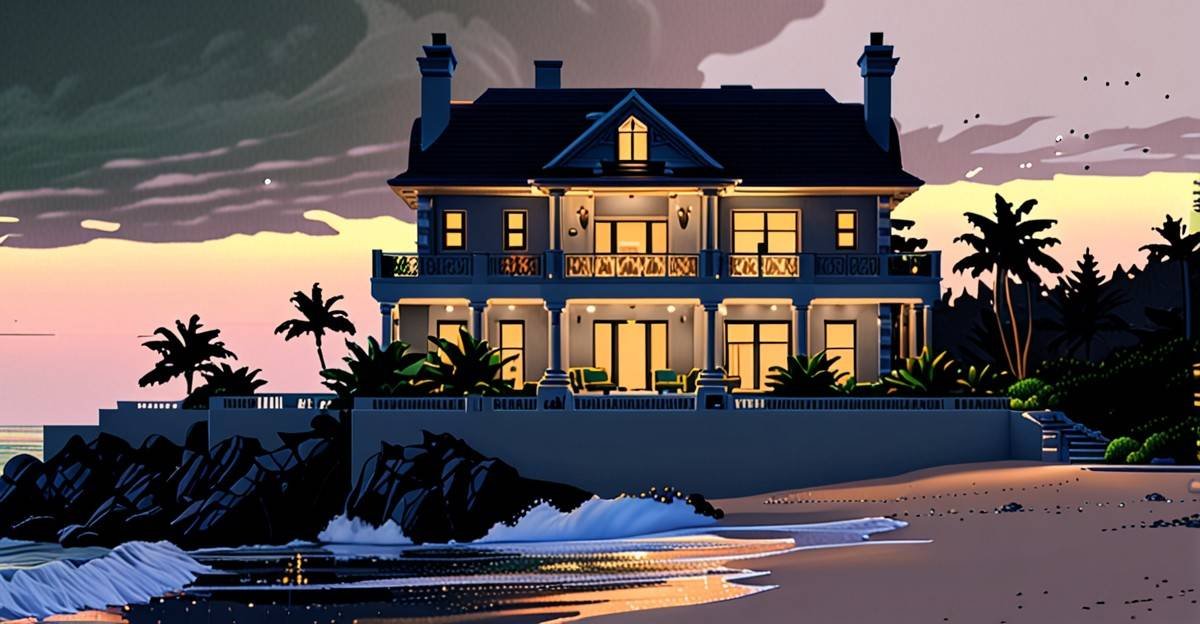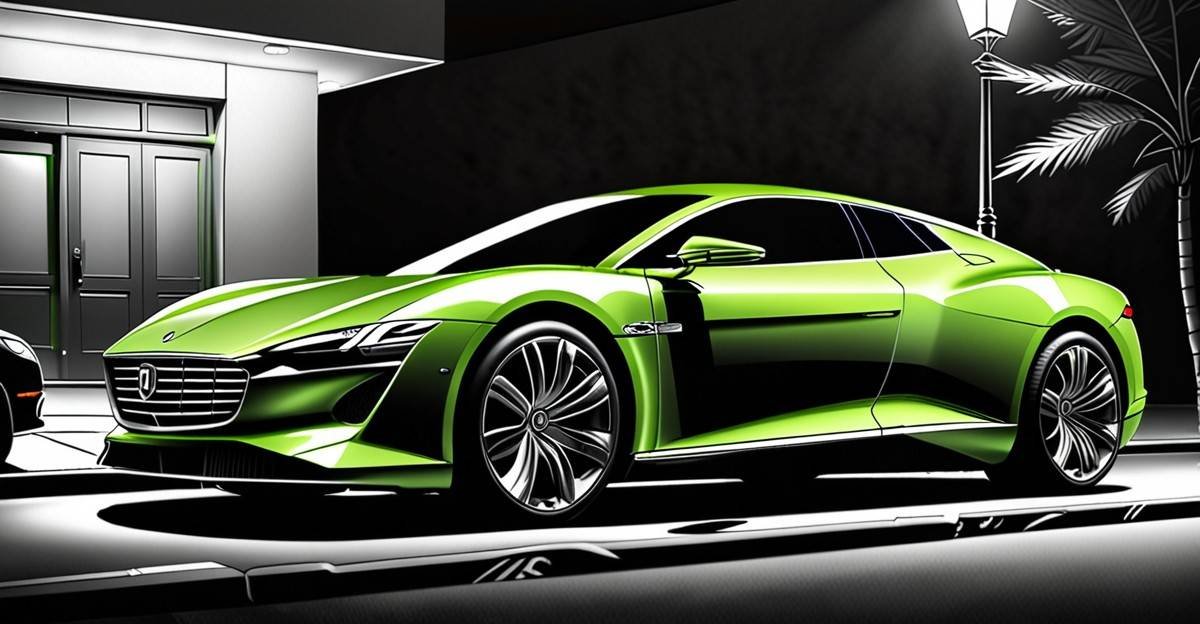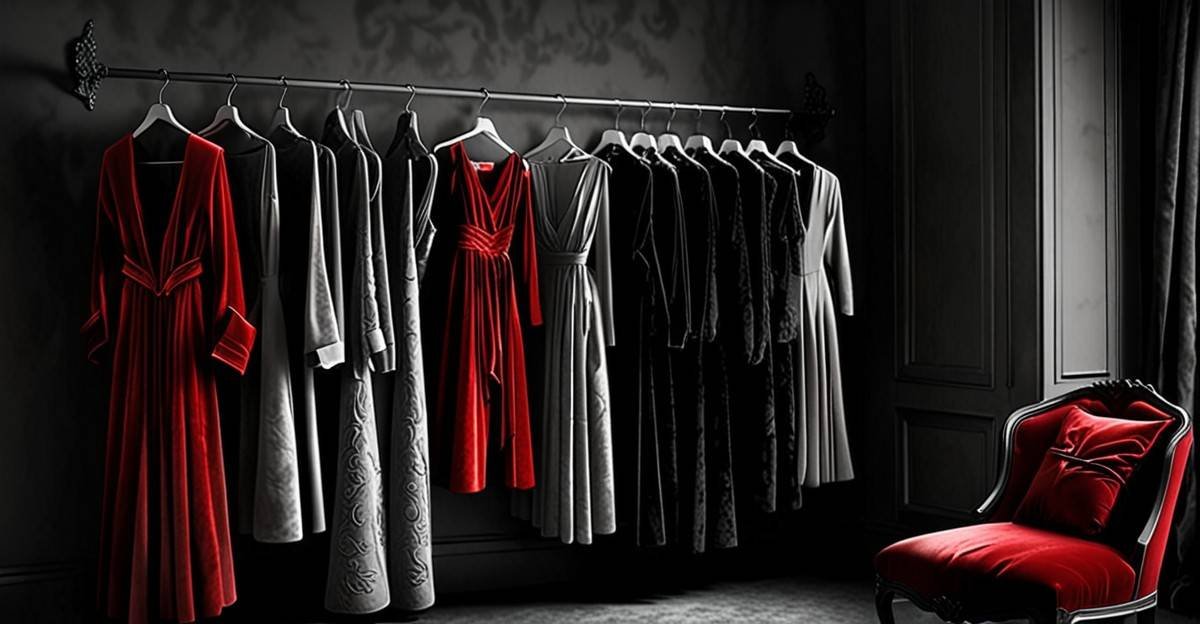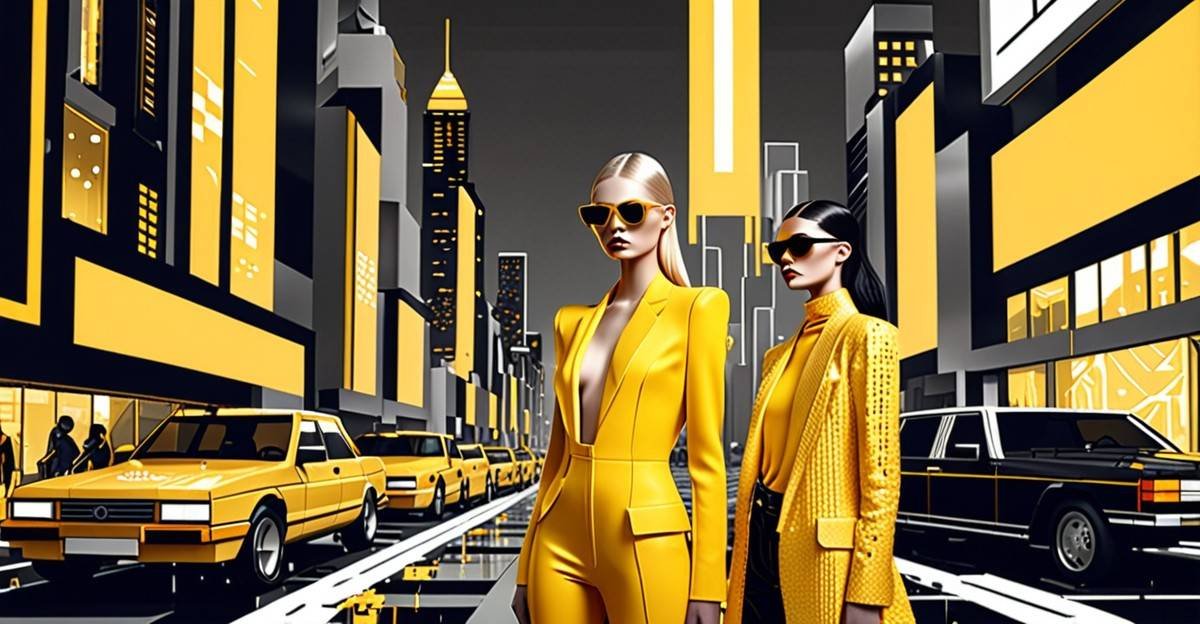Sustainable Interior Design: Eco-Friendly Ideas for 2025
As we move towards a more sustainable future, the concept of eco-friendly interior design is gaining popularity. Creating a sustainable living space not only benefits the environment but also promotes a healthier lifestyle. In this ultimate guide, we will explore some innovative ideas and trends in sustainable interior design for 2025.
1. Use of Recycled Materials
One of the key principles of sustainable interior design is the use of recycled materials. In 2025, we will see a rise in the use of reclaimed wood, recycled glass, and upcycled furniture. These materials not only reduce waste but also add a unique and rustic charm to your space.
Benefits:
- Reduces the demand for new resources
- Decreases carbon footprint
- Promotes a circular economy
2. Energy-Efficient Lighting
Lighting plays a crucial role in interior design. In 2025, energy-efficient lighting solutions such as LED bulbs and solar-powered lights will dominate the market. These options not only save energy but also create a warm and inviting ambiance in your home.
Advantages:
- Reduces electricity consumption
- Longer lifespan than traditional bulbs
- Cost-effective in the long run
3. Indoor Plants and Biophilic Design
Bringing nature indoors is a growing trend in sustainable interior design. In 2025, we will see a surge in indoor plants and biophilic design elements such as living walls, green roofs, and natural materials. These elements not only improve air quality but also create a calming and rejuvenating environment.
Benefits of Biophilic Design:
- Enhances well-being and productivity
- Reduces stress and anxiety
- Connects you with nature
4. Water-Saving Fixtures
Conserving water is essential for sustainable living. In 2025, water-saving fixtures such as low-flow toilets, faucets, and showerheads will be a standard feature in eco-friendly homes. These fixtures help reduce water wastage without compromising on performance.
Why Use Water-Saving Fixtures:
- Reduces water bills
- Preserves freshwater resources
- Contributes to a greener planet
5. Smart Home Technology
Integrating smart home technology is another way to make your space more sustainable. In 2025, we will witness a rise in energy-efficient appliances, automated lighting systems, and smart thermostats that optimize energy usage and enhance convenience.
Advantages of Smart Home Technology:
- Monitors and reduces energy consumption
- Enhances home security
- Provides remote access and control
Conclusion
Embracing sustainable interior design not only benefits the environment but also creates a healthier and more aesthetically pleasing living space. By incorporating recycled materials, energy-efficient lighting, indoor plants, water-saving fixtures, and smart home technology, you can transform your home into a sustainable sanctuary for 2025 and beyond.




